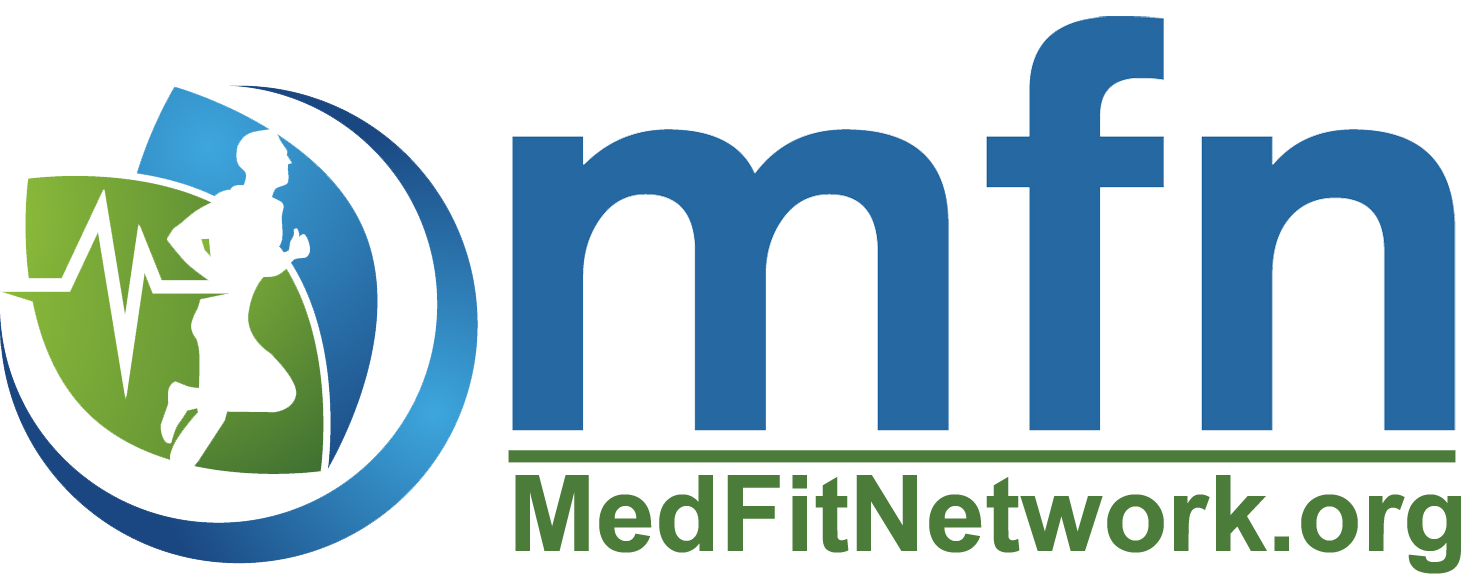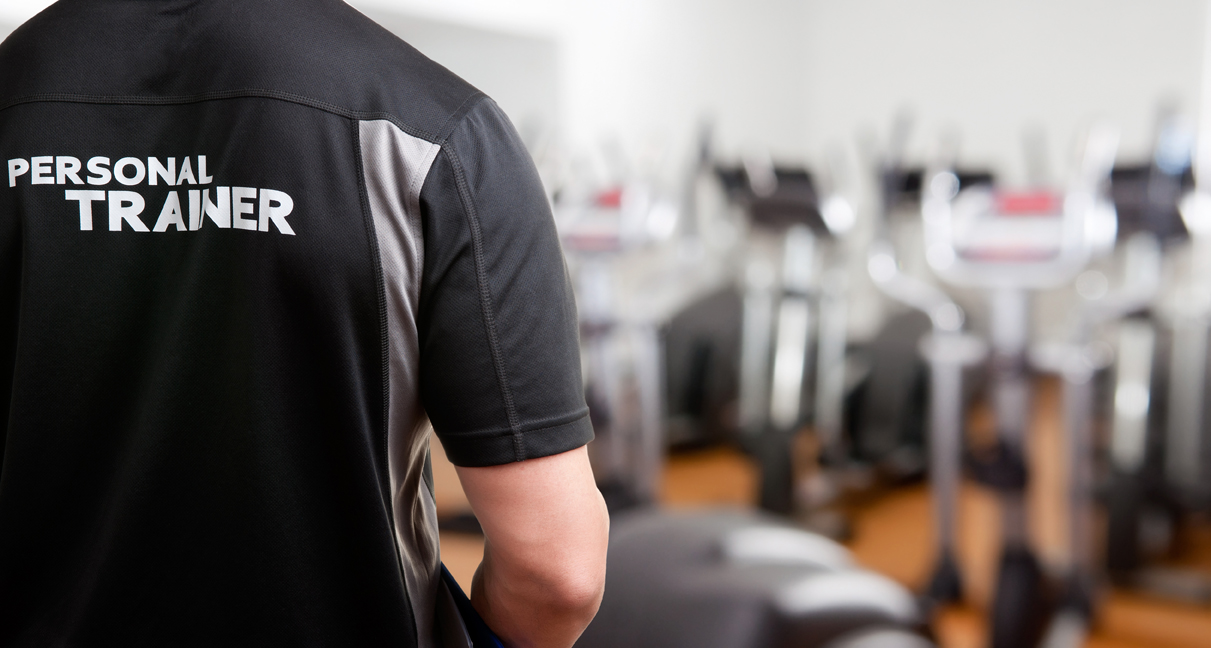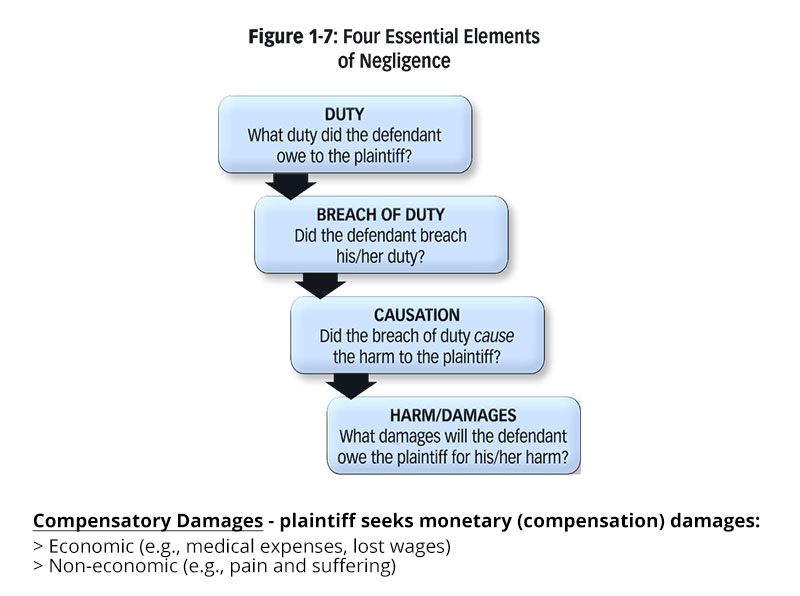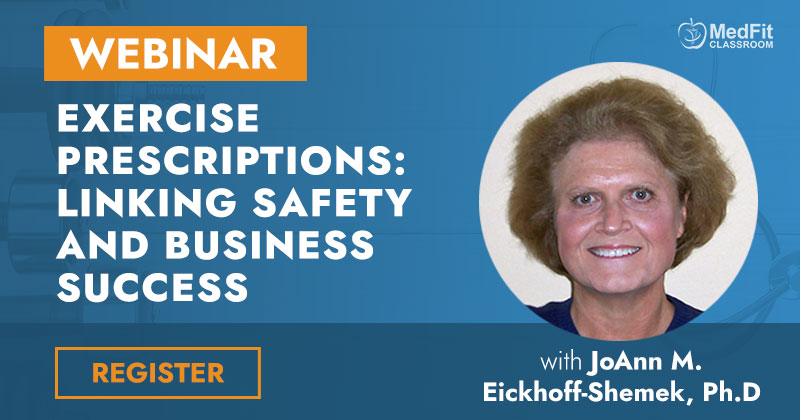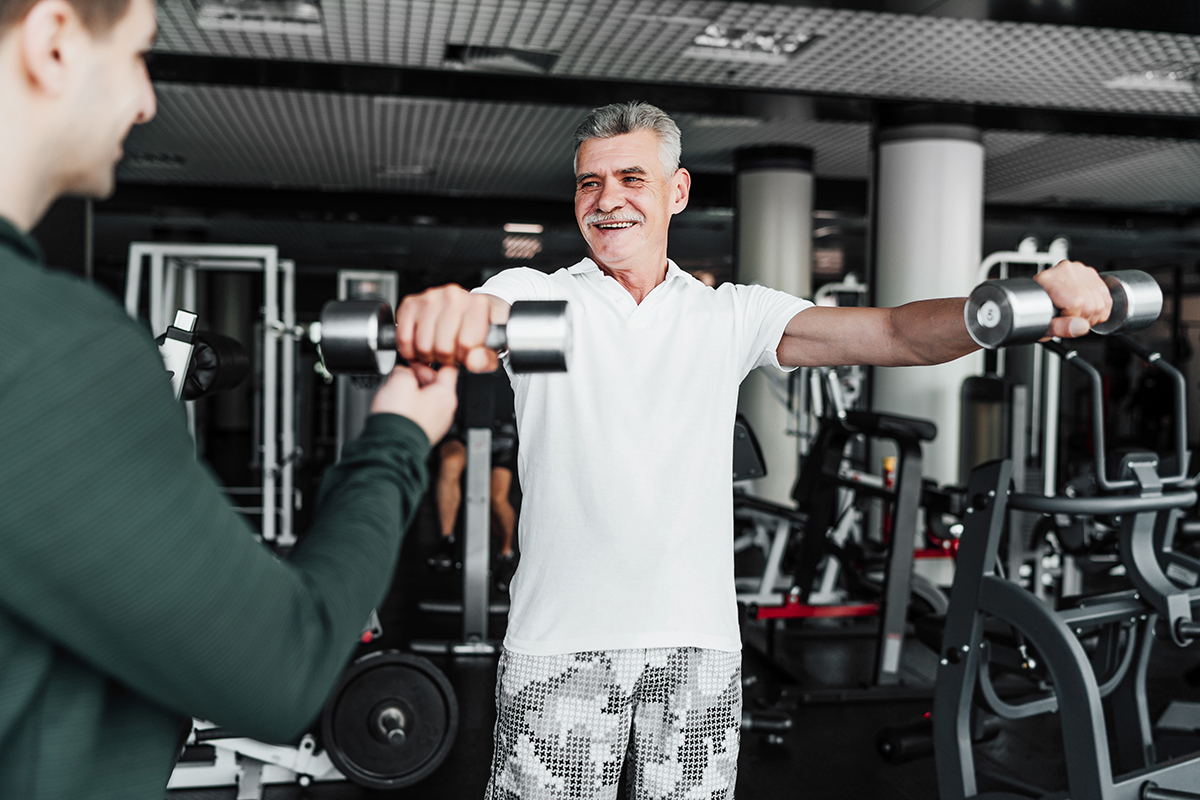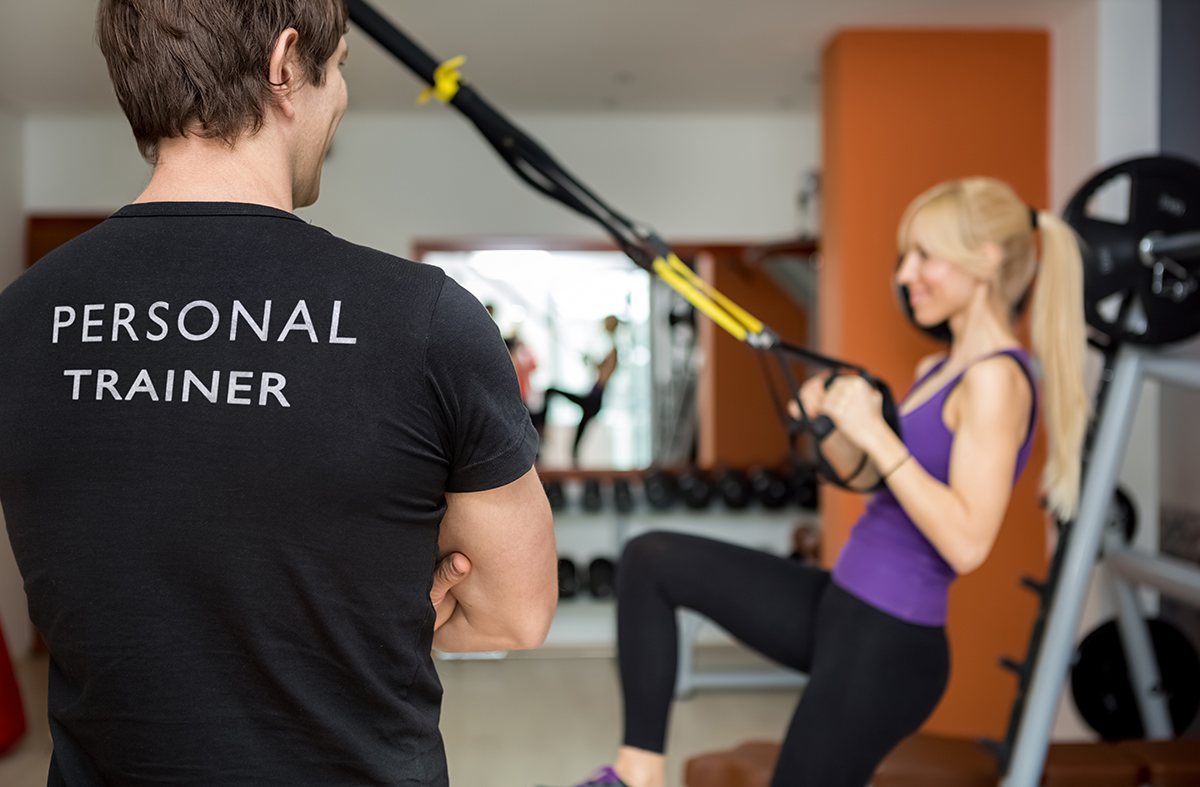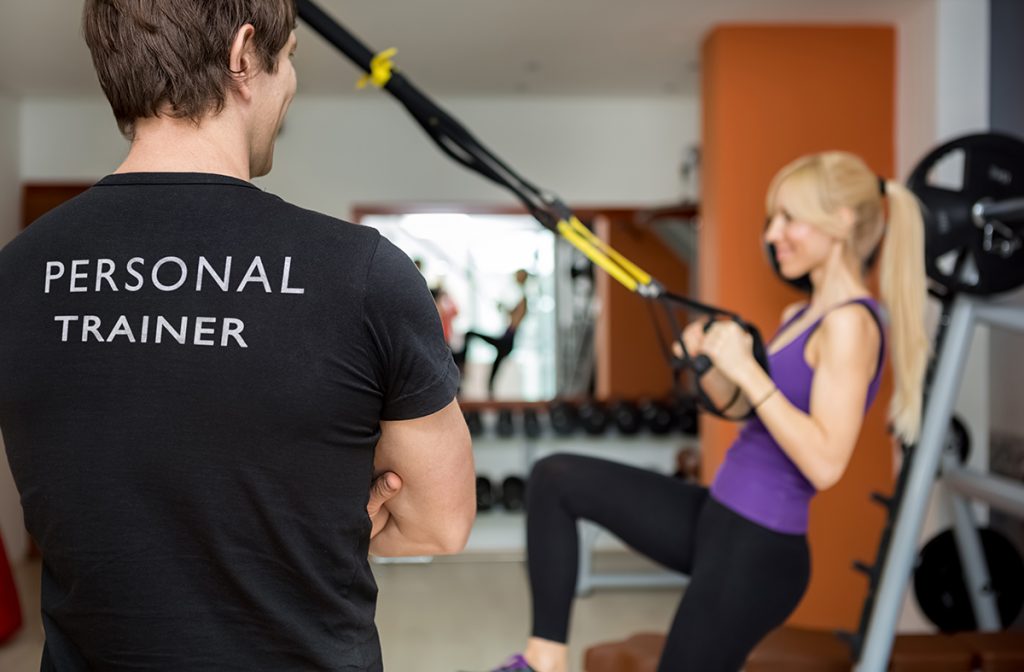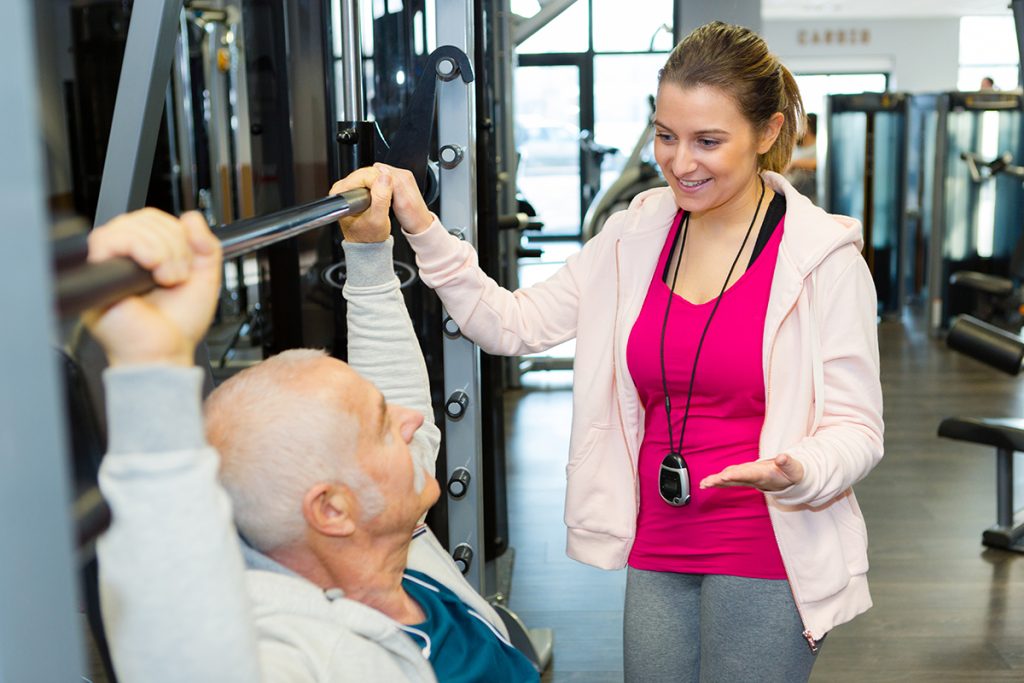Industry Trends 2023 Report
There has never been a better time for our Industry to position ourselves to be the Health, Fitness and Wellness Experts to fill the gaps that are looming in front of us. Gaps such as serving the 80 % of our population whose health journey may not begin with exercise but with Stress Management, or Nutrition or Sleep Hygiene. Gaps such as Burnout now reported as 1 in 2 Americans suffering and becoming more and more comprised in their productivity at work, with their health and suicide on the rise. Gaps such as the healthcare systems struggling post pandemic with staffing shortages, quality of care issues, burnout, and closures – it all begs the question, “Where does the average consumer start their health and wellness journey?”
It starts with our Industry!
We are the experts, innovators, creators, coaches, trainers, and business sector to reach out and lead the charge of delivering health, fitness and wellness to the people; no matter where they are located – Employers, Churches, Apartment Complexes, Schools, Resorts/Spas, Golf and Country Clubs, Assisted Living and Older Adult Communities, to name a few.
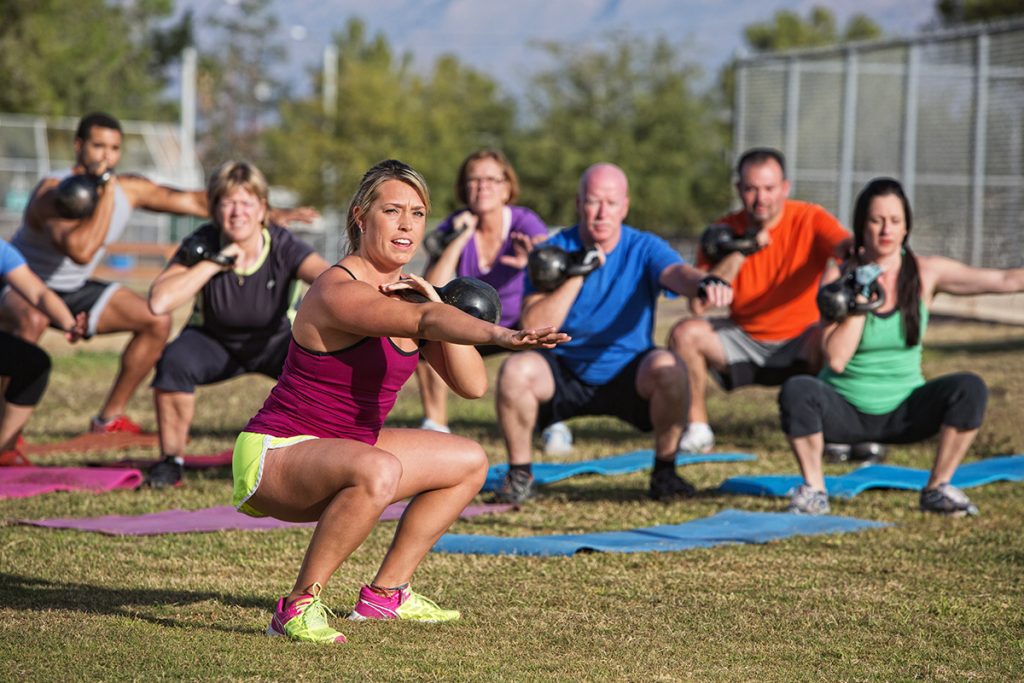
From my lens of corporate wellness, medical wellness, healthcare and fitness industry challenges; I forecast the following trends for 2023:
- Increased interest in activities that promote recovery and the feeling of well-being such as massage, cryotherapy, IV therapy, restorative yoga, breathing and meditation classes, smaller byte size classes for new consumers to try activities at their starting level on their path to health and wellness.
- Increased interest in outdoor activities for fitness embracing the great outdoors for fitness experience, this will continue to foster the growth of running, hiking, walking and cycling communities.
- Increased interest in fitness activities that bring people together in search of socialization, community and camaraderie. This will foster the growth of leagues, tournaments, health and wellness programs and in person activities.
- Increased interest in the fitness industry from other potential business partners due to the increased interest in Health overall in America. Example, in Corporate America employee voice = employee choice. With employees valuing health more than their pay check, employers will need to align benefit plans and offerings with fitness, health and wellness experts to provide what it is that their employees need. Employers need our expertise.
- Increased need for niche services to include programming for chronic conditions which are out of control (diabetes, obesity, hypertension), stress management and anxiety, specialty populations who are currently underserved such as Parkinson’s Disease, Alzheimers Disease and so many more. What about Niche Clubs for different sectors of the population ie Over 50 years of age who have not returned to the Fitness Clubs at levels pre-Pandemic? With a growing % of the population forecasted to be over 50, why not?
- Increasing Hollywoodization of our Industry with Fitness Influencers leading the way in content on social media platforms. This can be perceived as a threat to our industry as so much of this content is free, so it is undermining our value.
- Consumption of health and fitness will remain multi-faceted with at home, on demand, in person as long -term choices.
- Increasing need for fitness to align with healthcare systems and allied health professionals to establish referral systems, credibility in the local community and to support healthcare systems in their need for step down programming and experts. Physicians do not refer to gyms, they refer to programs and a trusted partner. We need to work together to create a continuum of care model with all of the key stakeholders investing in improving health outcomes. Our motivations to engage may be different at the outset but the anticipated outcomes can be the only answer to bend the cost curve of sickness in America.
WHY will these trends occur?
The Pandemic has had a devastating impact on the health of the workforce and its employees which is where we find the vast majority of adults.
Employers are experiencing:
- a) More than one in four Americans delayed routine health care appointments.
- b) Fear and fatigue have had cumulative effects on chronic health conditions.
- c) High blood pressure and diabetes can develop undetected and so for employees who have missed annual well visits, the future impact on their health can be devastating.
- d) Benefits Pro reported the cost of care of per employee for health care coverage is projected to be about $13,800 for 2023 with a projected 6.5% increase year over year.
Employees are experiencing:
- a) Decrease in mental health (42%)
- b) Decrease in social well-being (41%)
- c) Decrease in financial security (32%) and
- d) Decrease in physical health (29%)
So, why will these trends occur?
- One in five Americans is suffering burnout, as reported by APA and we now have an ICD-10 code for medical billing of this condition. It is difficult to find the energy to exercise, take the step to join a gym when exhausted day over day.
- Outdoor exercise has proven for many to be a lower barrier choice and lower cost choice to getting activity with some vitamin D. It can also be more time efficient when lacing up sneakers to go out the door for a walk or run, and it can encompass family time which no childcare costs needed.
- With 1 in 6 now working from home (prior to the Pandemic it was 1 in 67), feelings of isolation, depression, loneliness and despair on the rise. There is a direct correlation between having quality relationships in one’s life and health outcomes. We are human beings not human doings are we are meant to be with others.
- We are now only really starting to feel the impact of the Pandemic fall out. The financial impact of the pandemic payouts to individuals and businesses have created a fall out of our economy with many not wishing to work again and loan re-payments that are arduous. The health impact of the Pandemic has stimulated rising costs of healthcare due to increased sickness/chronic conditions and shortages in healthcare providers. Current burnout stats demonstrate the lack of health in Corporate America which is reducing productivity which may be directly related to fiscal performance of a company.
- With the rising sickness in America, the demand for specialized services will only increase. CDC forecasts that by 2030, over 50% of Americans will have a BMI of over 30. With increasing BMI’s comes increasing chronic diseases and co-morbidities, increased cost of care both in medical and pharmacy and increasingly complex programming needs for obese individuals. We must learn as an industry to meet this population where they are and provide specialized programs and services, and talent educated in these disease states.
- Social media influencers will fill the gap in education in health, fitness and wellness knowledge until we do. We must position ourselves in our communities to be the credible health and wellness experts.
- Consumer choice = consumer voice, so with so many Americans working from home, having choice each day on how/where to their workout in and/or health knowledge is not going away. We must embrace options and hear ongoing consumer needs as they change.
- Physicians and allied health professionals need partners to refer their patients to. It only makes sense that we build bridges with the healthcare system for a long term model of shared successes since we all need numbers to perform year over year.
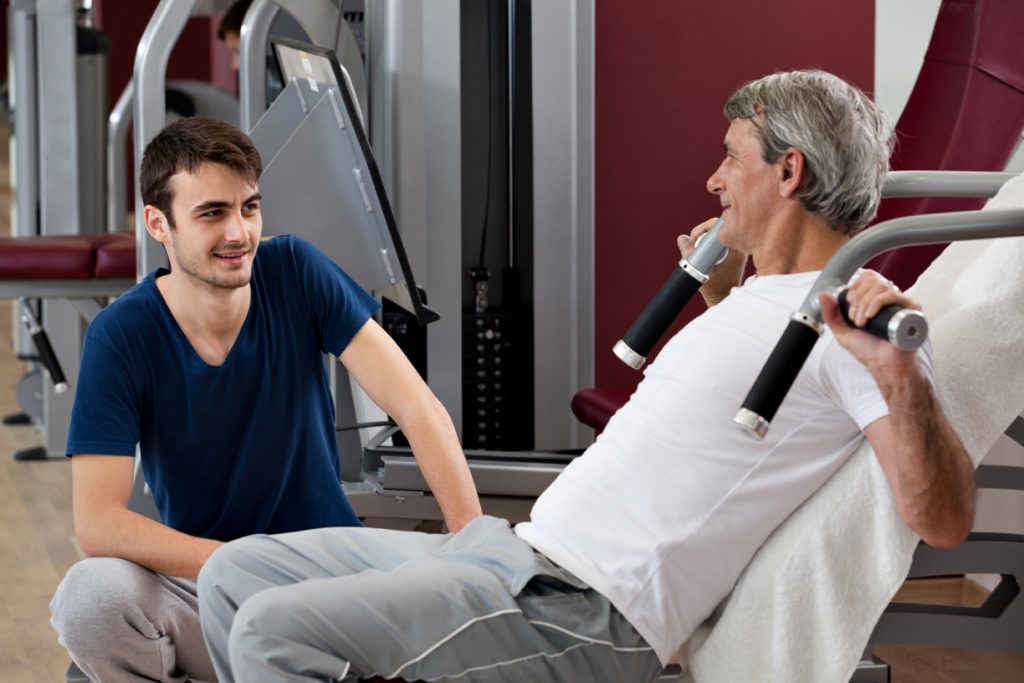
How the Industry Should Respond?
- Change the lens and language from Fitness to Wellness so that it advocates for more than exercise in our competencies and expertise. It allows us to explore how we position ourselves to be a holistic provider in our communities and to be more inclusive.
- Hold ourselves to a higher standard of wanting more for the industry in advocacy, credentialling and certification standards and producing quality data outcomes that may be published and shared interdisciplinarily. Data is king to bridge gaps.
- Bring healthcare providers and allied health professionals into our centers to leverage partnerships and services for a win-win long term. Host MD’s as guests for a Speakers Bureau, a health fair with flu shots and wellness programs – it is a win win strategy. They know you are in the community and they get to share their expert knowledge and capture potential new market share.
- Focus on the outreach in the community to create opportunities for additional partnerships and referrals to your centers ie, join Rotaries, Chambers, Society of Human Resource Managers etc…
- Create an Employer Wellness Advisory Committee in your Center to invite and host employers in your center once a month to simply provide solutions to their pain points which are rising healthcare spend, low productivity, low morale and increasing turnover. Health, wellness, fitness and onsite activities in your center that promote fun, engagement, team dynamics all wrapped in health; can be a great start to increased revenues in corporate wellness activities.
- Partner with Brokers who need points of differentiation to sell their product and who have the pre-established relationships with employers.
- Embrace partnerships with individuals and organizations to offer a comprehensive menu of services so you that you do not have to carry all the fiscal burden. (i.e., partner with local dietitians, social workers, behavioral therapists, etc.)
Originally printed in Club Industry 2023 Trends Report. Reprinted with permission from Debbie Bellenger.
Debbie Bellenger is a skilled presenter, public speaker, TRX Master Trainer and Reebok Master Trainer. Over the past 30 years, Debbie has been developing and delivering medical wellness programs in an integrated continuum of care model with providers using EPIC as a platform of referrals and communications back and forth. She also successfully developed a new service line for CaroMont Regional Medical Center called Employer Wellness services which sold over $500,000 of corporate wellness programs with coordinators to local companies. Debbie is the 2014 Medical Fitness Association Corporate Wellness Director of the Year – Employee Wellness. She is the 2017 IDEA Program Director of the Year Award recipient, which recognizes a Director who develops and delivers health, fitness and wellness programs for employees, participants and patients that have successfully changed behaviors and demonstrated positive outcomes of improved health.
